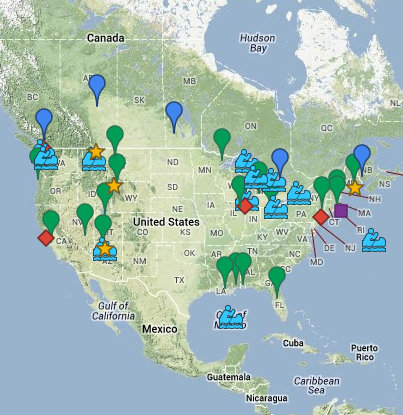
I suppose it is the interplay of easterly and westerly wave action that results in accretion here inside the northeastern corner of Penn Cove. This small barrier beach shelters a brackish wetland, filled with logs that have wandered up Saratoga Passage from the south and become permanently lodged. Like the logs that accumulate in so many of these marshes, most are cut - probably escapees from early log rafting. The cut timbers (telephone poles, basically) float easily and are readily washed over the berm during high tides. Once trapped inside, winds blow them to the north sides of these ponds, where the logs pack together tightly. And they decay very, very slowly. Wood, including some very big wood, is a fundamental component of Salish Sea beaches and marshes, but these dense mats of timber are not likely what would have been found here two centuries ago.
Penn Cove is known for it's mussels. Maybe they cultivate them here because it is such a natural nursery. Or maybe its the enthusiastic cultivation that explains the mussel-covered beaches spilling out of the entrance of Penn Cove. Like the logs, I wonder if the abundance is actually a human legacy.
Long before Captain Thomas Coupe, killer whale round-ups, (an infamous legacy of Penn Cove), and mussel rafts, Monroe's Landing was a gathering place for the Lower Skagit tribe.

No comments:
Post a Comment